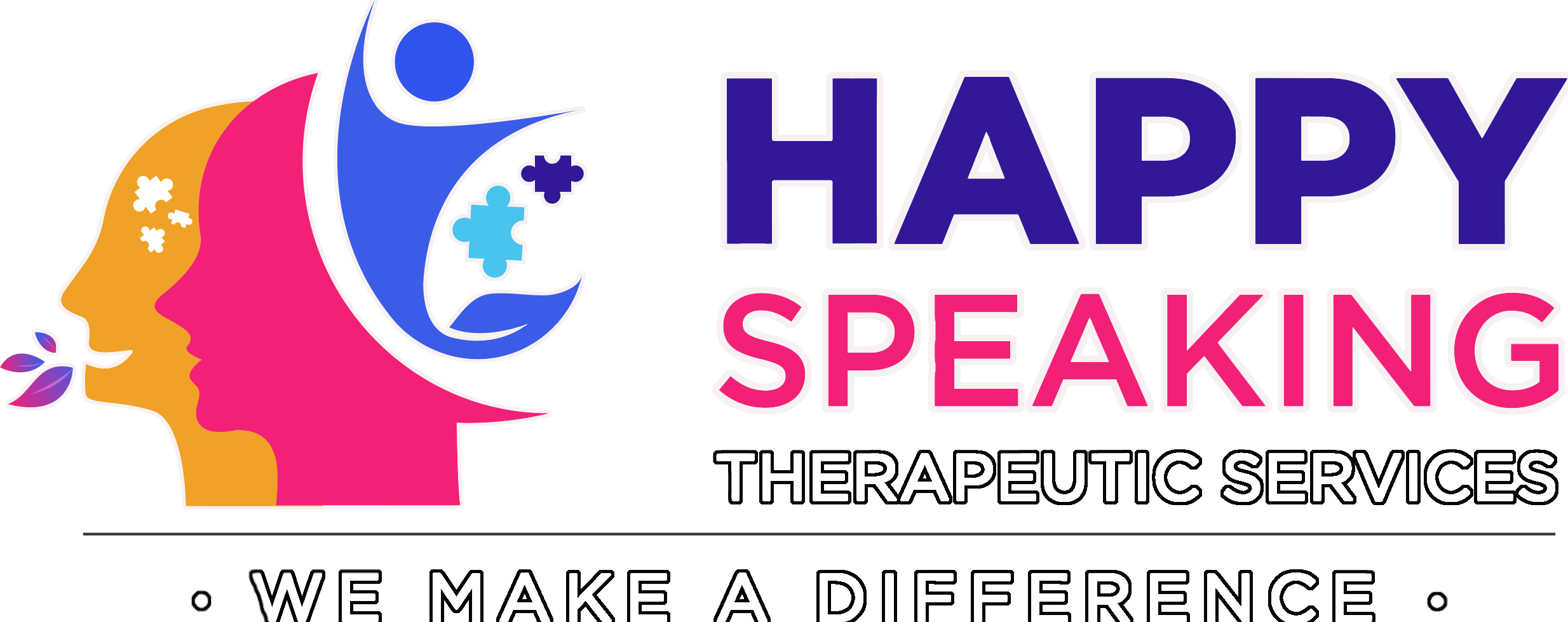
Cleft Lip and Palate
-By Dr. Navya Gopi
Cleft lip and palate (CLP) is a kind of craniofacial abnormality which occurs very
early in pregnancy between the fourth and eighth week of gestation period.
Depending on the extent of the cleft there are various types of cleft lip/palate or both.
As per the research studies, somewhere between 27000 and 33000 children are born
with cleft lip and/ or palate per year in India. The exact cause of cleft lip and palate
may not be known or it can be multifactorial including various genetic or
environmental factors.
The primary focus is on ensuring the babys immediate health and well-being, while
also developing a comprehensive plan for their long-term care and treatment. Here is
the list of professionals involved in the success of the child born with cleft lip and
palate: Surgeons, ENT doctors, Pediatricians, dentists, Orthodontists, Nurses,
Speech therapists, Audiologist, Social workers and Psychologists.
Individuals with cleft lip and palate are at a higher risk of developing speech and
language disorders due to the anatomical and physiological differences in their oral
and nasal structures. Some common speech and language disorders associated with
cleft lip and palate include:
•Articulation disorders: Difficulty pronouncing sounds or words due to physical
differences in the lips, palate, or nose.
•Hypernasality: Speech sounds too "nasal" due to incomplete closure of the
velopharyngeal valve or presence of a fistula or cleft.
•Velopharyngeal dysfunction: Inadequate closure or movement of the velopharyngeal
valve, leading to nasal escape or hypernasality.
•Language delay: Delay in development of language skills, including vocabulary,
grammar, and sentence structure.
•Hearing impairment: Increased risk due to middle ear structural abnormalities or
chronic ear infections.
It is essential to note that every individual with cleft lip and palate is unique, and not
all will experience speech and language disorders. However, regular monitoring and
interventions from speech-language pathologists can significantly help address these
challenges. In addition to these SLP’s also address feeding difficulties using various
strategies to ensure adequate nutrition. Overall SLP’s work in collaboration with the
team of professionals for developing a comprehensive treatment plan, monitor
progress and educating the child and family to prepare for the post surgical changes
and expectations.
